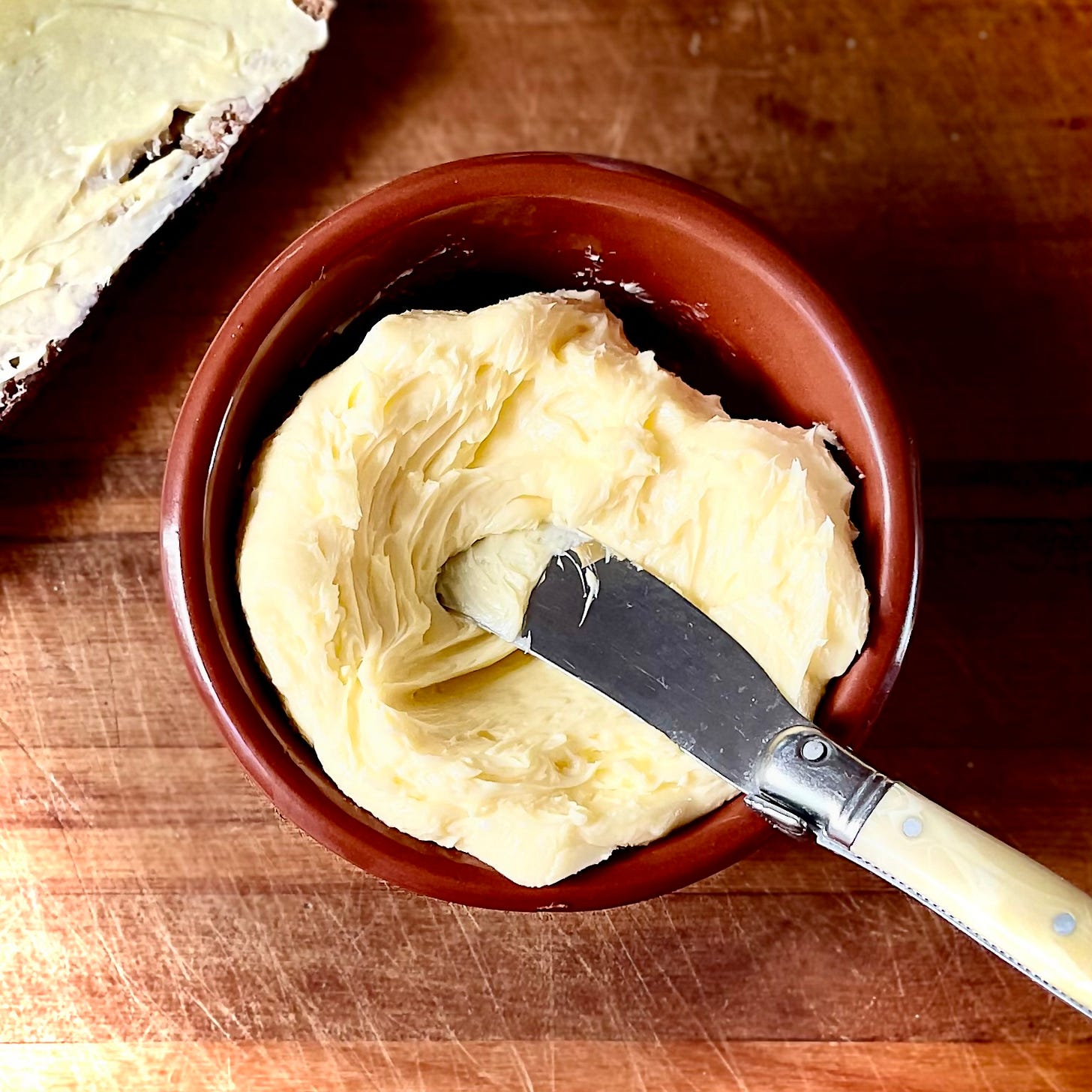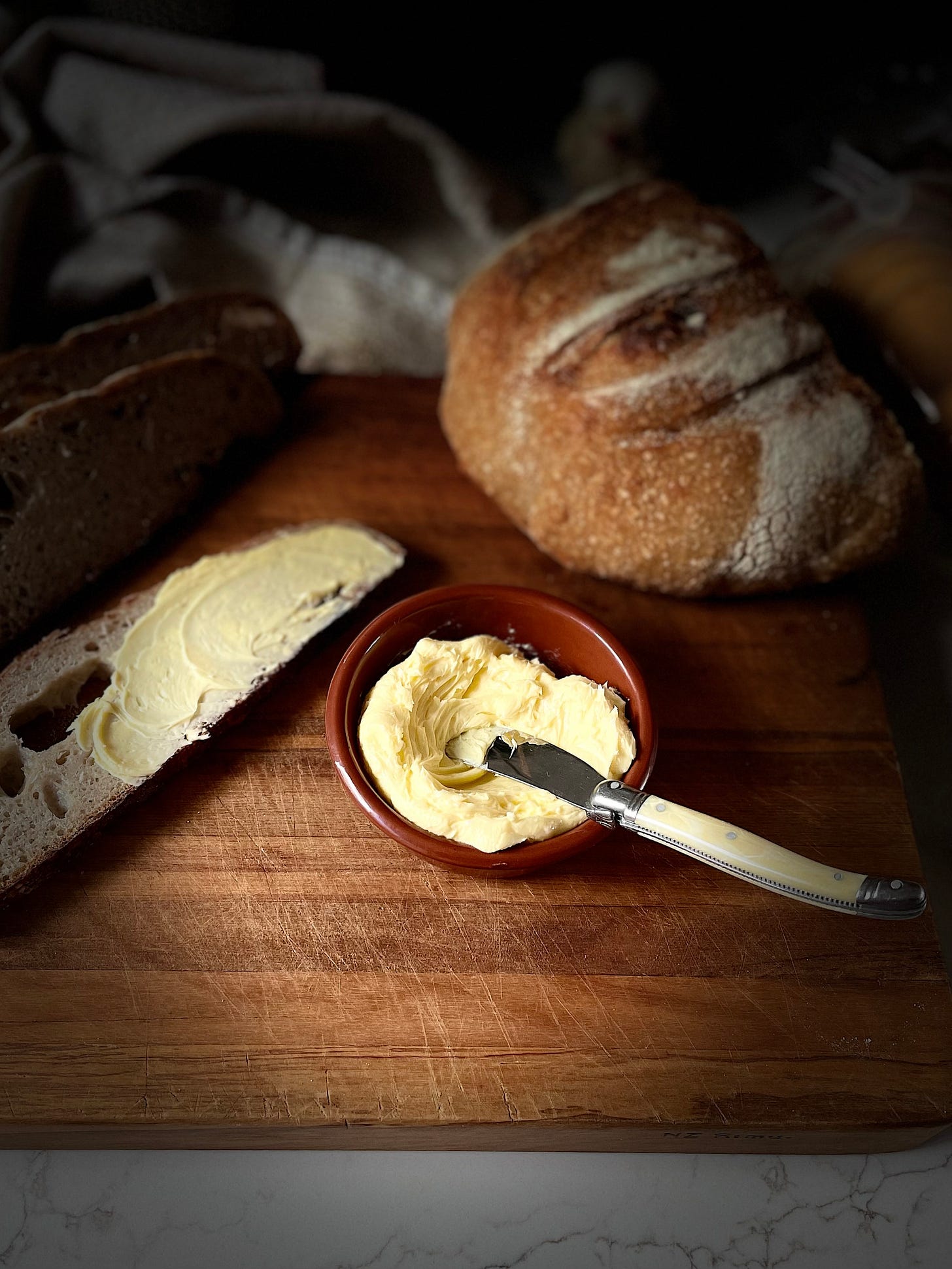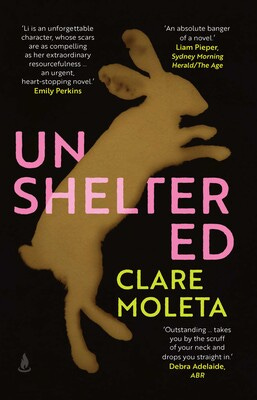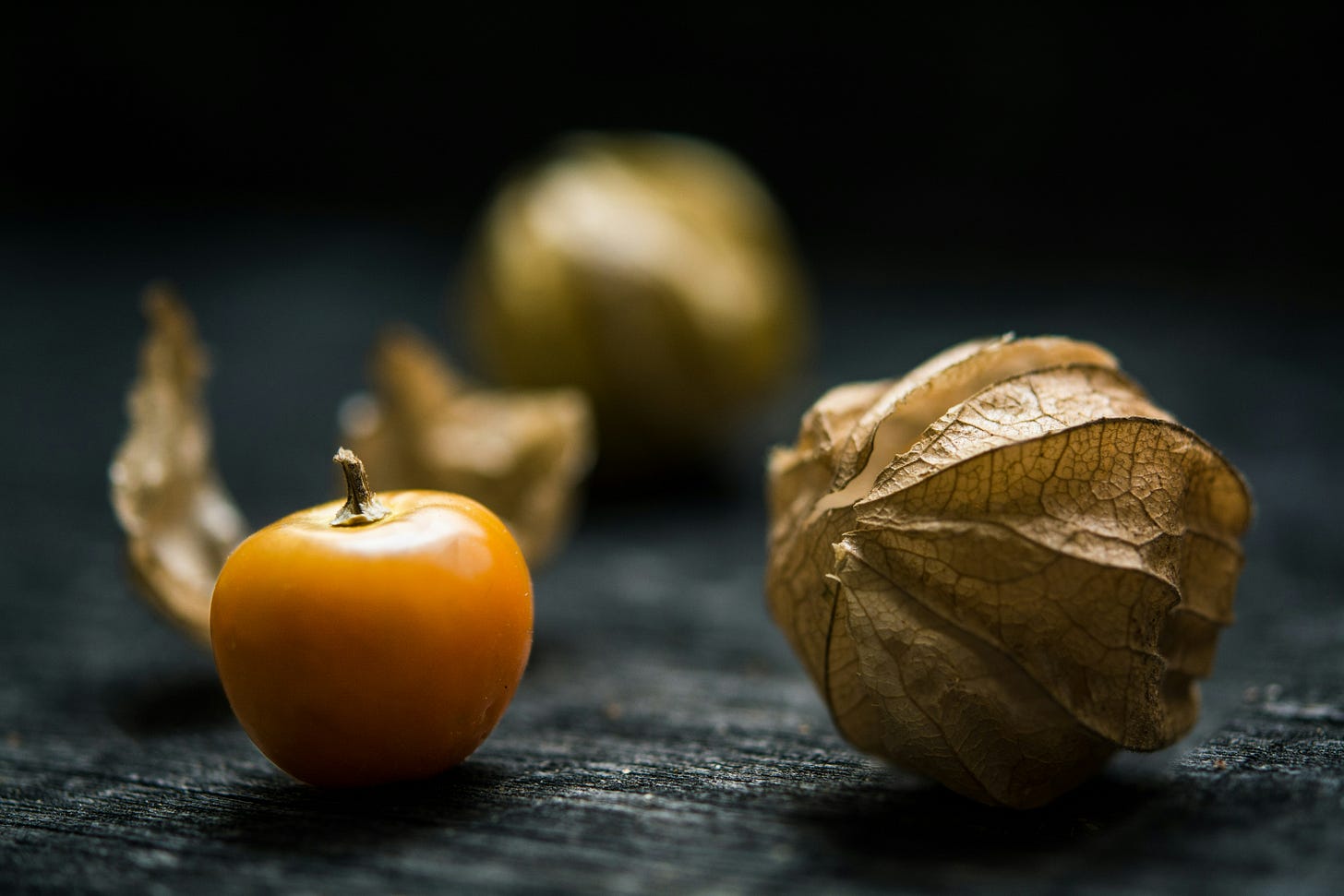How to make fancy butter
Making posh butter isn't a skill that will save you when the revolution comes, but it's quite good fun.
New Zealand is in the grip of a butter obsession unseen since the days of the Fernleaf family. The price of butter - up more than 65 percent in the last year - is driving everyone to distraction. (It’s also driving them to a certain big box membership warehouse, where butter is half the price it is everywhere else.)
Everyone wants to know whose fault it is that butter - supposedly our national birthright - now costs north of $10 a pound. Various theories abound, but on social media, most commenters agree that it’s the supermarkets and dairy farmers in evil cahoots.
Last year, in a moment of madness, I wrote a story looking at whether it was cheaper to make butter at home than buy it. Spoiler alert: it’s not, but I did have a lot of fun in the process, even if the resulting video has given my colleagues many laughs at my expense.
At the risk of having a touch of the Marie Antoinette’s, however, I do think it’s possibly a fraction cheaper to make fancy butter at home. By ‘fancy’ I mean the posh stuff - otherwise known as cultured butter. This sounds like it should have a season ticket to the NZSO or frequent opening nights at the theatre, but the ‘cultured’ in cultured butter refers to its live bacterial cultures rather than its taste in music and art.
How do you know if butter is cultured? By the taste, darling. It depends on the butter, but cultured butter is usually richer, tangier and has a slightly nutty profile. It’s sort of less ‘buttery’ than ordinary butter. It’s also usually unsalted, which also changes the flavour. If you like creme fraiche, you’ll love cultured butter.
Making your own crème fraîche is a doddle - and cheaper than buying it (plus, some commercially made crème fraîches contain thickeners and stablisers). Once you’ve done this part, cultured butter is only a step away.
How to make crème fraîche
Even if making butter isn’t your thing, this is still a useful trick to have up your sleeve. Crème fraîche can be used in a million different ways - it won’t split in a sauce and it’s a luxurious alternative to ordinary whipped cream. I’ve always wanted to make this no-churn crème fraîche ice cream.
Makes about 400ml
300ml cream
100ml natural ‘live’ yoghurt (nothing with additives in it, please)
Stir the cream and yoghurt together and cover, then leave to sit in a warm place for 18-36 hours until thick and tangy (if your house is on the cool side, it will take up to 48 hours). Cover tightly and store in the fridge, where it will last for about two weeks.
How to make cultured butter
400ml crème fraîche (that you’ve lovingly handmade following the method above)
Makes about 200g butter and 200ml buttermilk
Tip the crème fraîche into a food processor or stand mixer. Whiz or beat for about five minutes, until it separates into yellowish clumps sloshing around in watery buttermilk. Strain the liquid into a jar (this is useful for baking or smoothies - and it can be frozen, if this is enough activity for one day). Take the clumps and squeeze them into a ball. Keep squeezing and kneading, occasionally ‘washing’ it under cold running water to help extract any remaining whey. This part is important: the more buttermilk you ‘wash’ out of the butter, the better it will be.
When you’re done kneading and squeezing, transfer the butter to a covered dish. Slather over a fine piece of toast and congratulate yourself.
Good Things

An impossible mission
Oh Tom. Tom, Tom, Tom, Tom, Tom. The world doesn’t need another illustration of what happens when a late middle-aged man with everything gets carte blanche, but I’m afraid Mission Impossible: The Final Reckoning is it. I can usually suspend my disbelief as much as the next person (and I have quite a healthy appetite for mindless action) but this film pushed me beyond my limits. The Final Reckoning (eviscerated here by Simon Morris) feels like Mission Impossible as writ by AI. Despite the impressive stunts, the basic plot feels overly reminscent of Flash Gordon (only Tom can save the earth from imminent destruction) and it’s far too long. Plus, it makes unforgiveably little use of the brilliant Janet McTeer, who could quite believeably save the world herself if given more of a role than just looking anxious in good tailoring.
Unsheltered
Now you’ve got three hours back from not going to see Tom’s vanity project you can invest it in reading this absolutely gripping post-climate catastrophe thriller. Unsheltered sets a classic story - a mother looking for a lost child - against a horrific and all-too-imaginable backdrop of a world destroyed by ominous ‘Weather’. Central character Li is tough, resourceful and completely believable, menaced by the landscape and other people around her. A couple of weeks ago I’d been joking about needing a practical trade for when the worst happens; this book suddenly made me feel like I should get a hurry on.
A welcome case of physalis
Since our three feijoa trees produced exactly one misshapen fruit this year, and the passionfruit has yet to show its worth beyond taking over the fence, I’ve been delighted to discover a rogue physalis growing in my tiny garden. Apart from being exceptionally beautiful, like delicate Chinese lanterns, the fruit are tangy orbs of punchy flavour. They’re an excellent autumn pick-me-up for a tired gardener. Even better, they self-seed like mad. If you see one growing over a fenceline, pick a fruit and toss it into your garden (or wait for the birds to do this for you).
Next time on Fancy Butter… shall we make a cake for the King’s Birthday? Or some bread to have with our butter?









Cake. Definitely cake!
I loved that book! Well, was traumatised by it, but that's sort of the same thing. The book with the same name by Barbara Kingsolver is also good. Very confusing time at bookclub when I read those in succession.
Anyway, off to consider making cultured butter...